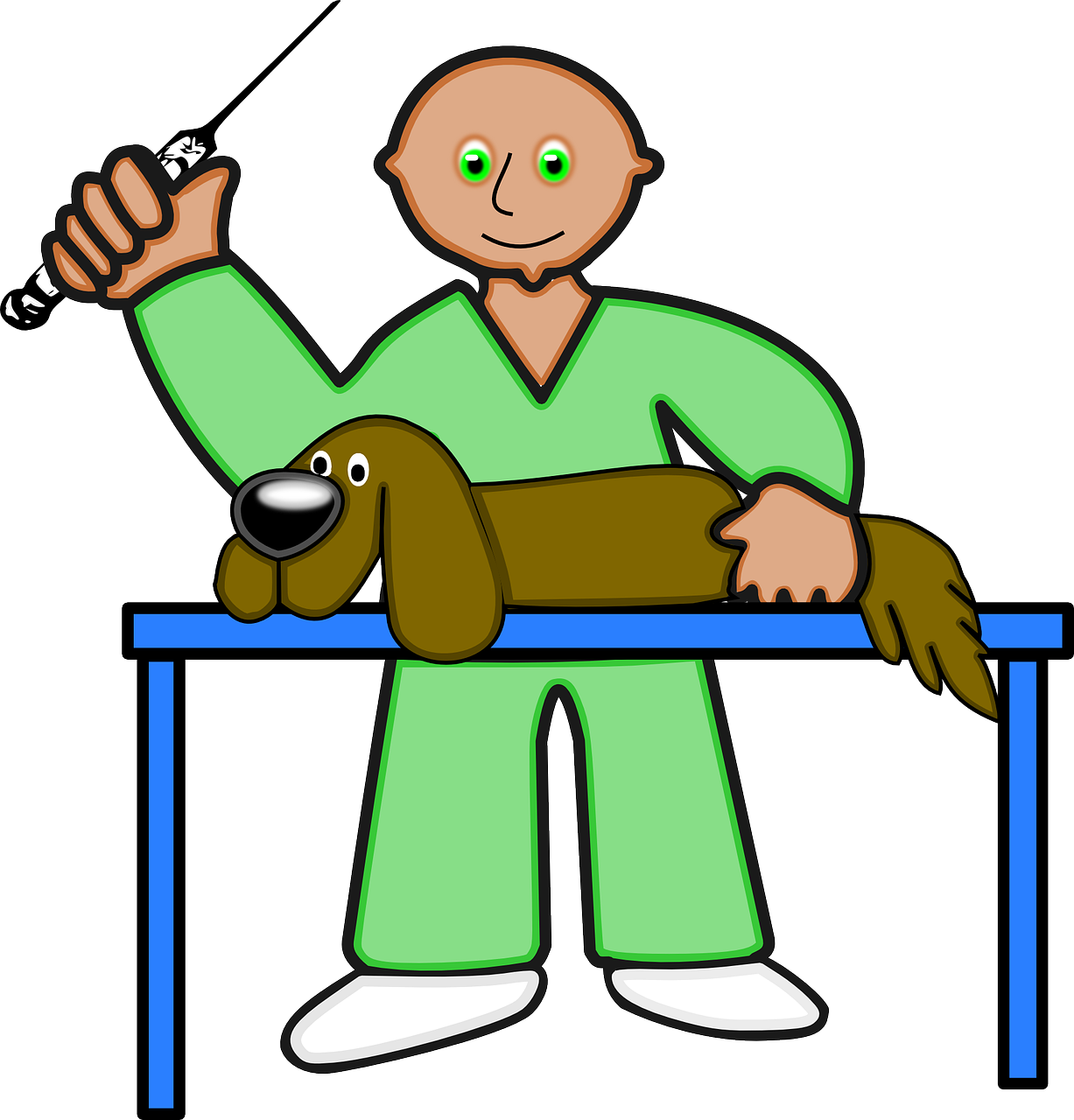School of Medicine
Doctors of Veterinary Medicine
Four for regular
Completing preparatory and scoring the cut point for higher education as determined by the MoE.
- successful completion of a four year training program with: A minimum CGPA and MGPA of 2.00; Present approved and signed log/performance book with a minimum of 200 major general anesthesia procedures with tracheal intubations; Complete a total of 250 ECTS course work; Attend 15 pediatrics &/or neonatal anesthesia; Attend 15 cesarean sections; Handle 15 emergency cases; Present approved and signed minimum of 50 regional blocked (caudal, epidural, spinal, plexuses, & biers block etc.); The student must produce thesis/senior paper; Student must pass Final Year Comprehensive Exam; Internal exam 60% (written -15%, oral & practical – 15% & Progressive assessment – 30% and External examination 40% (practical & oral); This is non-credited. If a student can’t pass the exam he/she will be delayed for 4-6 months and re- examined. Examined by group of different professionals (anesthesiologist surgeons, gyn/obs).
Program Details
Veterinary medicine is medical science that deals with the study, prevention, treatment of disease, the management of animal well-being, productivity of animals used for production of fiber and human food not only domesticated animals but also wild animals and animals used scientific research. The word veterinary comes from the latin word ’veterinae’ which means “working animal”. Veterinary medicines are used to improve or maintain the health of animal species regardless of whether these are intended for food production or not. They are designed and manufactured to cover a wide variety of prophylactic and therapeutic purpose, and they are administrated to household pets, exotic species, and wild animal in addition to food producing animal. It provides a foundation for the medical care of livestock and pets (companion animals); for the efficient and safe use of animals as research models and agents from improving human health; for understanding animals as sentinels of disease and toxic threats and as signals of ecological change; for wildlife conservation; and for supporting the lives and welfare of animals in captive environment. The veterinary medical profession leads the world in developing a medical and scientific understanding of animals that support society desire to care for and derive benefit from them.

Carrier Direction
Doctors of Veterinary Medicine (Veterinarians) are medical professionals whose primary responsibility is protecting the health and welfare of animals and people. They diagnose and control animal diseases, treat sick and injured animals, prevent the transmission of animal diseases (“zoonoses”) to people, and advise owners on proper care of livestock and pets. They ensure a safe food supply by maintaining the health of food animals. Veterinarians are also involved in wildlife preservation and conservation and public health of the human population. They often are the first line of defense for zoonotic diseases as well as for various toxicants that occur naturally or by intentional terrorist attack. Veterinarians are in contact with a wide variety of domestic and free-ranging animals, effective and efficient diagnostic systems, and local and national regulatory systems for animal health, food safety, and public health (Osburnet al., 2009). Besides the role of veterinarians to control zoonotic diseases, a more integrated approach would identify the factors that promote infectious disease emergence as well as non-infectious diseases.
The diverse agroecology and agronomic practice of Ethiopia enables to produce and endorse the huge livestock population in Africa and also in the world. Livestock is an integral part of the agriculture and the contribution of live animals and their products to the agricultural economy accounts for 40% and in the national economy as it contributes 13-16 percent of the total GDP excluding the values of draught power, manure and transport of people and products ( Winrock International, 1992). Livestock serve for Ethiopian economy as sources of food, traction, manure, raw materials, investment, cash income, security, foreign exchange earnings and social and cultural identity (FAO, 2012). Ethiopia holds the largest livestock population in Africa estimated at about the national herd comprises 60 million cattle, 30 million sheep and 23 million goats, and 57 million chicken, 1 million camels, more than 8 million equines and an small number of pigs and 4.9 million beehives (CSA, 2017). From the above livestock population in Ethiopia, Somali Region alone owns 965,914 camel, 7,000,535 cattle, 15,562,947 sheep, 17,118,349 goat and 232,752 poultry (CSA, 2017). Ethiopia is also home of wide variety of wild animals of which unique and endemic species like the Wallia ibex, Cheleda babon, Red fox etc. are available in the country (Melaku, 2011).
Ethiopian veterinary education is currently expanding and at developing stage. The government considered the profession is critical that need to be fulfilled both internal and external quality assurance to meet domestic needs (establishing a reliable and high-quality veterinary education) and for the consequent global implications: permitting Ethiopia to reliably monitor and control animal diseases and thus become a trustworthy exporter of animal and animal products. Accordingly, many proclamations regarding the animal health services, export of animal (products) were and are introduced enabling improved productivity and safe guard the public from diseases of animal origin (Proclamation No. 4/1995; Proclamation No. 267/2002; Council of Ministers Regulation preamble, 2002). A functioning system of animal health control and care organized at universities, regional clinics, and federal authority, is clearly of major economic importance, especially in relation to international trade requirements. So, the country needs to have competency based Veterinary education offering Universities to produce a graduate with sound knowledge, skill and attitude.

